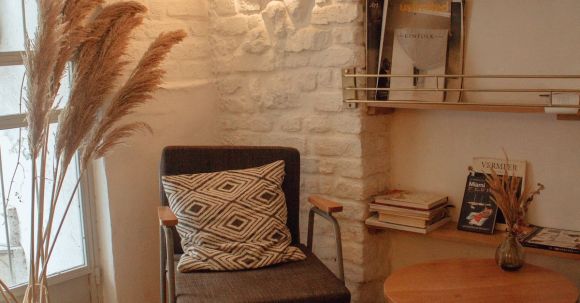In fact, In this article, we will explore these tips and guide you on how to create a harmonious environment in your home. The key to achieving a harmonious and aesthetically pleasing space lies in following some proven interior design tips. However, it can also be overwhelmingyouespecially if , ’re unsure where to begin. Designing thecaninterior of your home be a thrilling and rewarding background.
Understanding Color Psychology
On the other hand, coolbedroomscolors like blue, green, and purple promote calmness and relaxation, making them ideal for and bathrooms. Understanding color psychology can support you make informed decisions when choosing in modern times colors for your home. Warm colors such as red, orange, and yellow develop a cozy and inviting atmosphereroomsperfect for living , and dining areas. Color plays a vital role in option the tone and mood of aspace. Experiment with different color combinations to uncover what resonates with you and the desired ambiance of more than ever each room.
Balancing Furniture and Accessories
in modern times Achieving balance is crucial to creating a harmonious space. When arranging furniture, consider the size and scale of each piece. Avoid overcrowding a room with too much furniture, as it can make the space feel cluttered and disorganized. Instead, opt for a minimalist approach, with just the essential pieces needed for functionality. Additionally, ensure that furniture and accessories are properly scaled to fit the room. Oversized furniture in a small space can feel overwhelming, while undersized pieces may look out of place.
Focal a Creating Point
As youthatmay know, Every room needs a focal point draws the eye and anchors the space. It could be a stunningartwork, a statement piece of furniture, or a fireplace. By creating a focal point, you establish a sense of hierarchy and visual interest. Arrange the rest of the furniture and accessories around this focal point to build a cohesive and balanced design.
more than ever Utilizing Natural Light
Indeed, light has a significant impact onNaturalthe overall atmosphere of a room. Inthefact, It not only enhances the aesthetic appeal but also contributes to well-being of those within the space. of natural light by keeping windows clear Maximize obstructions and using light-colored window treatments. Additionally, strategically placing brighter can assist reflect and amplify natural light, making the room appear larger and mirrors.
Incorporating Texture
in modern times Texture adds depth and visual tointeresta room. In fact, Incorporating textures, such as plush fabrics, smooth surfaces, and rough materials, can develop avariousmulti-dimensional and visually appealing space. Consider using textured wallpaper, throw pillows, rugs, and other accessories to add tactile elements to your design.
Establishing Visual as a matter of fact Flow
To achieve a harmonious design, it’s essential to establish visual flow throughout your home. This means ensuring that there is a cohesive and seamless transition from one room to another. Employ a consistent color palette, similar styles, and complementary accessories to generate a sensefurnitureof continuity. This will allow each room to flow effortlessly into the next, creating a harmonious and unified space.
Conclusion
It’s worth noting that Creating a harmonious interior design involves understanding color psychology, balancing furniture and accessories, creating a focal point, utilizing natural light, incorporating texture, and establishing visual flow. By following these proven tips, you can transform your home into a space that not only looks beautiful but also feels harmonious and inviting. InterestinglyyourRemember, the key is to discover what resonates with you and , personal style, ensuring that your home is a reflection of who you are.

